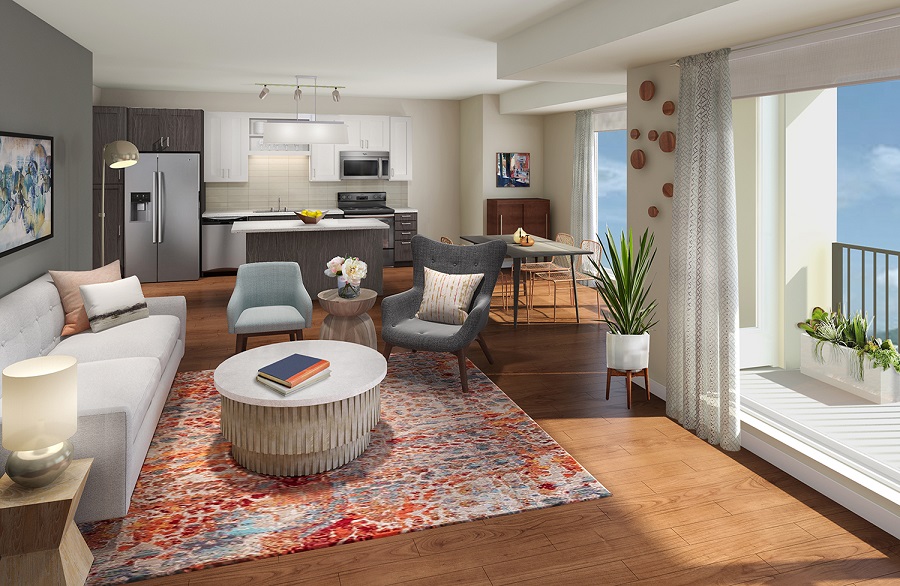What Students Want
NMHC Survey Insights
In the 2020 National Multifamily Housing Council & Kingsley Apartment Resident Preferences survey, 373,000 residents living in 5,336 communities across the U.S. shared their feedback on what renters want. Millennial renters, particularly college-aged adults, expressed their most desirable features in rental housing. Hot topics for the year included parking, sustainability, health, and security. Amenities in […]













